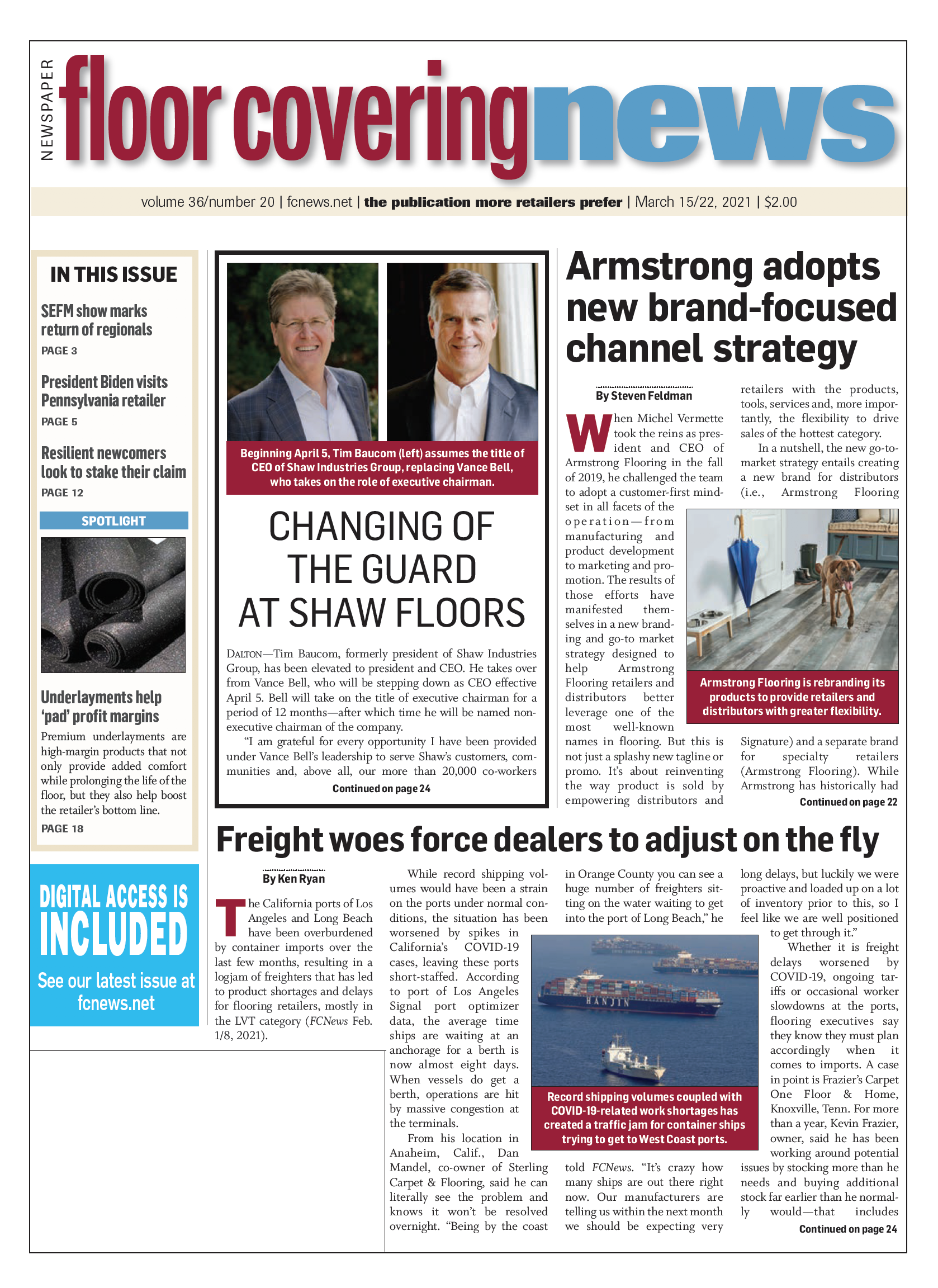 Since the start of the pandemic, many people—including business owners—have been forced to work from home. Aside from shorter commute times and greater flexibility, there’s another benefit to working remotely: taxpayers can count part of their expenses—such as heating bills—as a home office expense on their tax return. Ordinary taxpayers can do the same if they qualify for the home office deduction.
Since the start of the pandemic, many people—including business owners—have been forced to work from home. Aside from shorter commute times and greater flexibility, there’s another benefit to working remotely: taxpayers can count part of their expenses—such as heating bills—as a home office expense on their tax return. Ordinary taxpayers can do the same if they qualify for the home office deduction.
How it works: Basically, the taxpayer gets to count a “portion” of home-related expenses that typically aren’t deductible. This includes certain residential maintenance and operational costs, such as utilities. For example, if a taxpayer’s house is 2,500 square feet, and his or her home office is a 250-square-foot room, they can then claim 10% of their annual heating, air conditioning and water bills, as well as other common housing expenses that make it possible for a taxpayer to do their work from there.
A home office is usually either a separate room or a portion of a room that meets the Internal Revenue Service qualifications. Notably, a taxpayer uses the area/room exclusively and regularly to conduct their business. More importantly, it should be noted that the home office deduction is not available to W2 employees.
A taxpayer can usually deduct the business percentage of their utility payments and other services that pertain to the entire house. In addition to the heat, cooling and running water, this may also include trash collection, security services, pest control costs and even cleaning services. Keep in mind, however, that if a taxpayer is a DIY type of person, a taxpayer can only deduct the cost of the material but not their labor. If a taxpayer pays for a service that is not related to the business in anyway, it is not deductible (i.e., painting their bedroom). However, so long as the service is related to the business (i.e., painting their office) the direct expense is allowable.
The IRS breaks home expenses into three categories:
- Direct expenses. These are expenses only for the business part of a home (i.e. painting their office) and are fully deductible.
- Indirect expenses. These are costs for maintaining the entire home (i.e. insurance, utilities and general repairs) and are deductible based on the percentage of a taxpayer’s home used for the business.
- Unrelated expenses. These are expenses for only the parts of a home not used for business (i.e., lawn care) and are not deductible.
The mortgage or rent payment is probably a taxpayer’s largest home-related expense that can be counted toward the home-office deduction. Many homeowners already itemize and claim their home’s mortgage interest payment as well as property taxes. If a taxpayer has a home office, he or she can apportion part of these payments, again using the square footage percentage, toward their home office. For most homeowners who work from home, it is more advantageous to claim at least part of the cost as a business expense.
If a taxpayer can claim the home office deduction, then she can also deduct a portion of repairs—actions that keep a home in ordinary and efficient operating condition.
During these uncertain times, it is crucial for small business owners and self-employed individuals to receive every dollar that might be owed to them come tax time. If you have questions about the proper deductions to take, please reach out to the professionals at the Center for Financial, Legal and Tax Planning.

